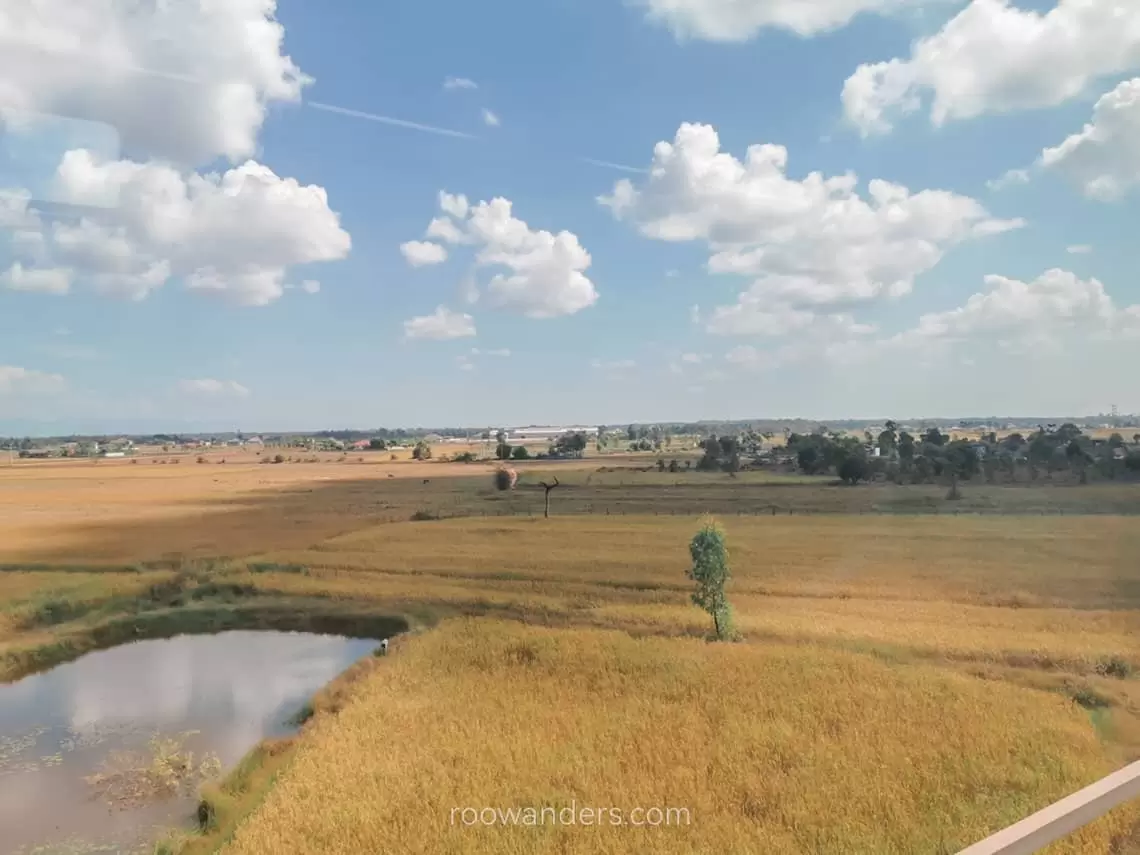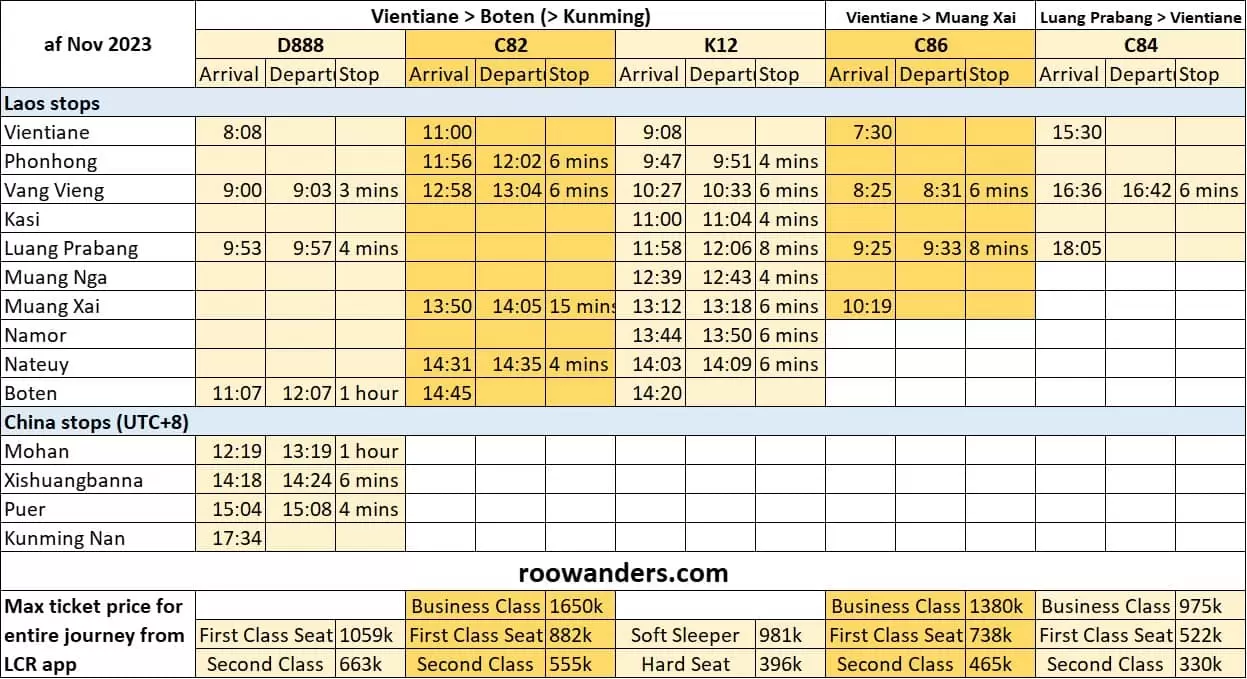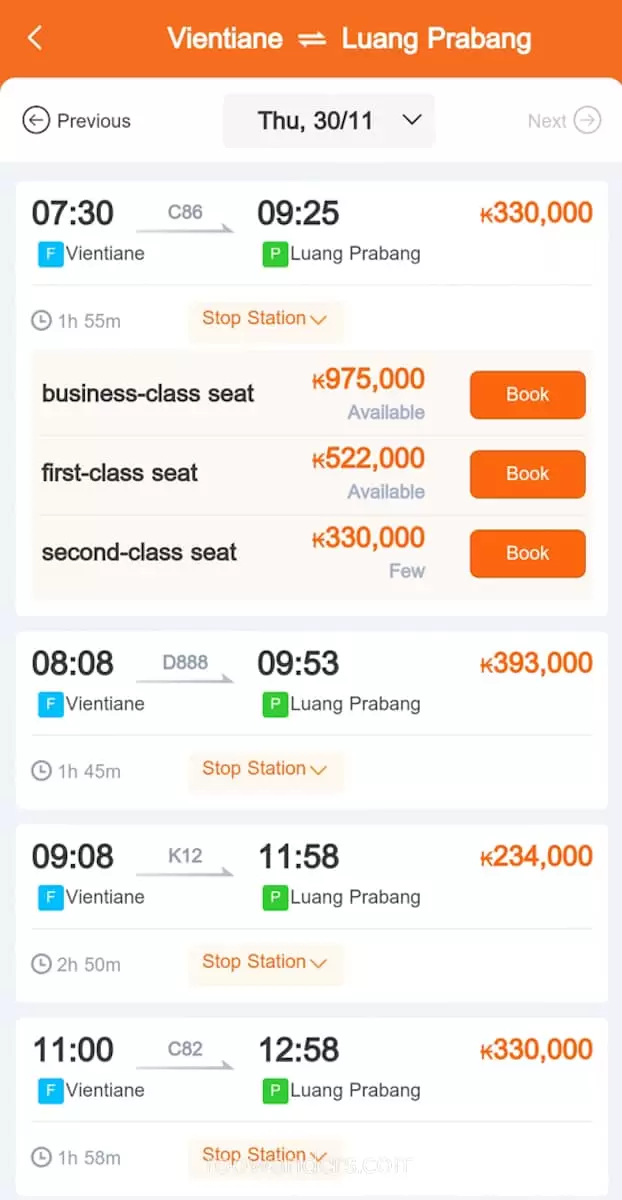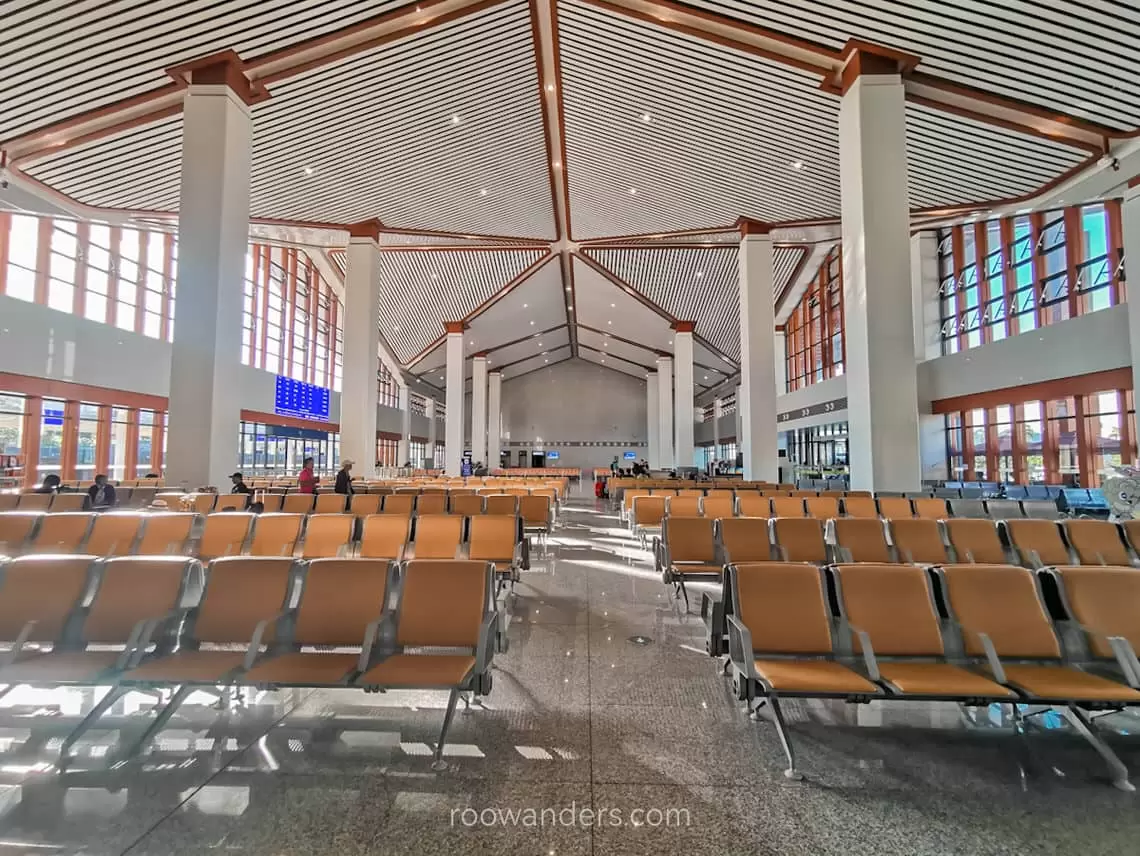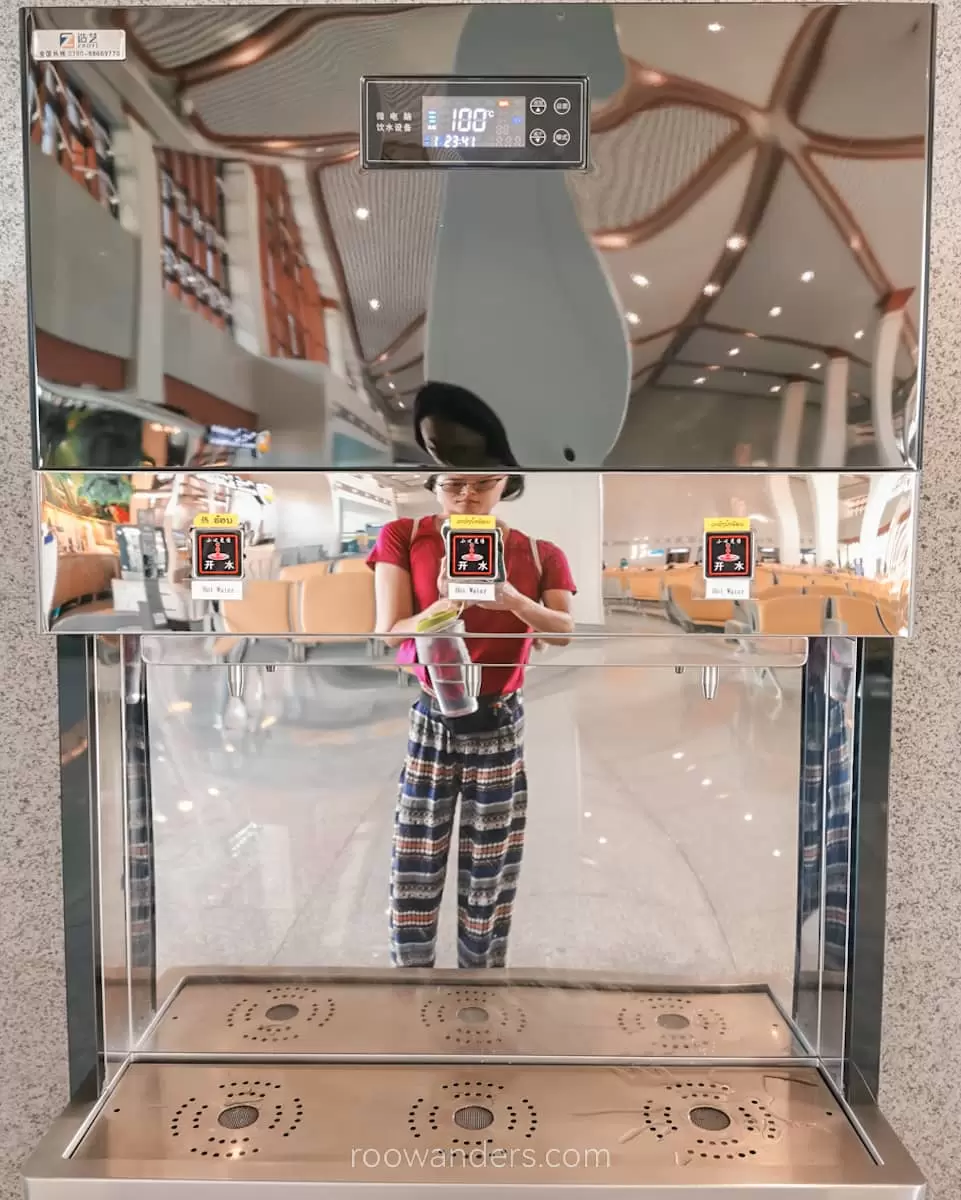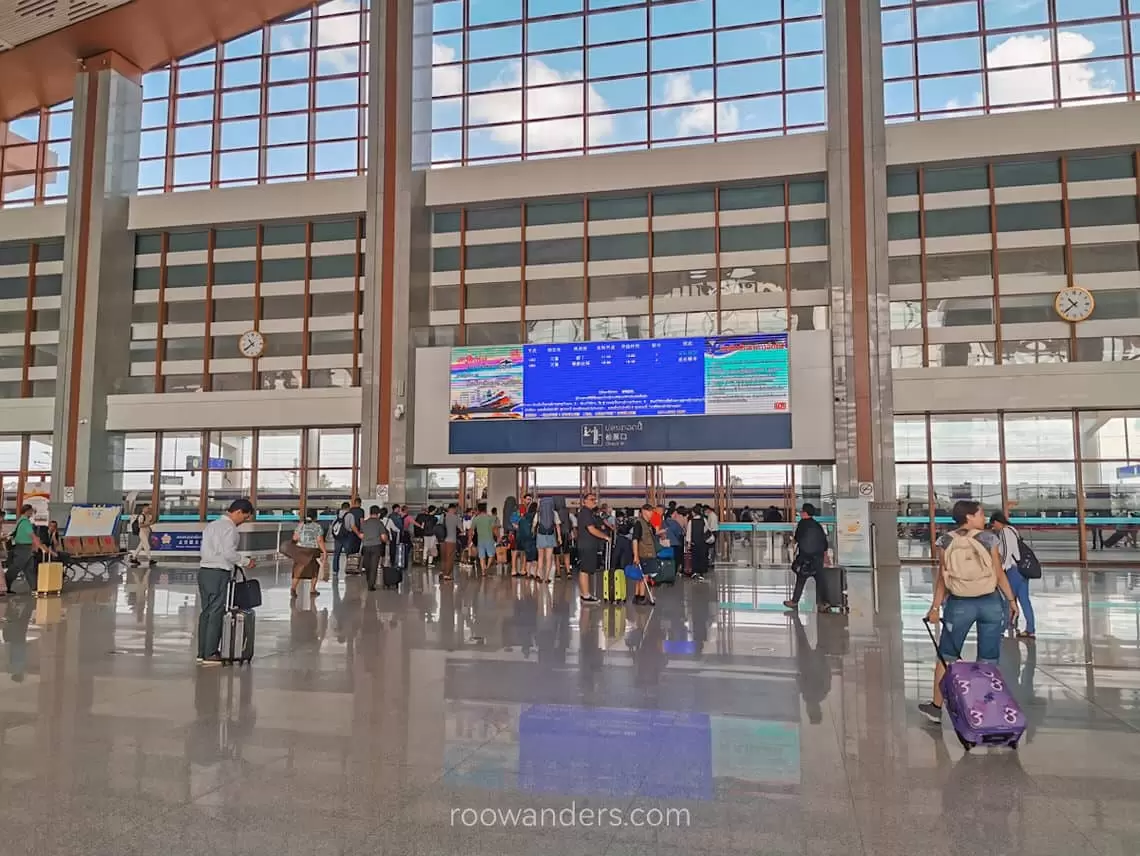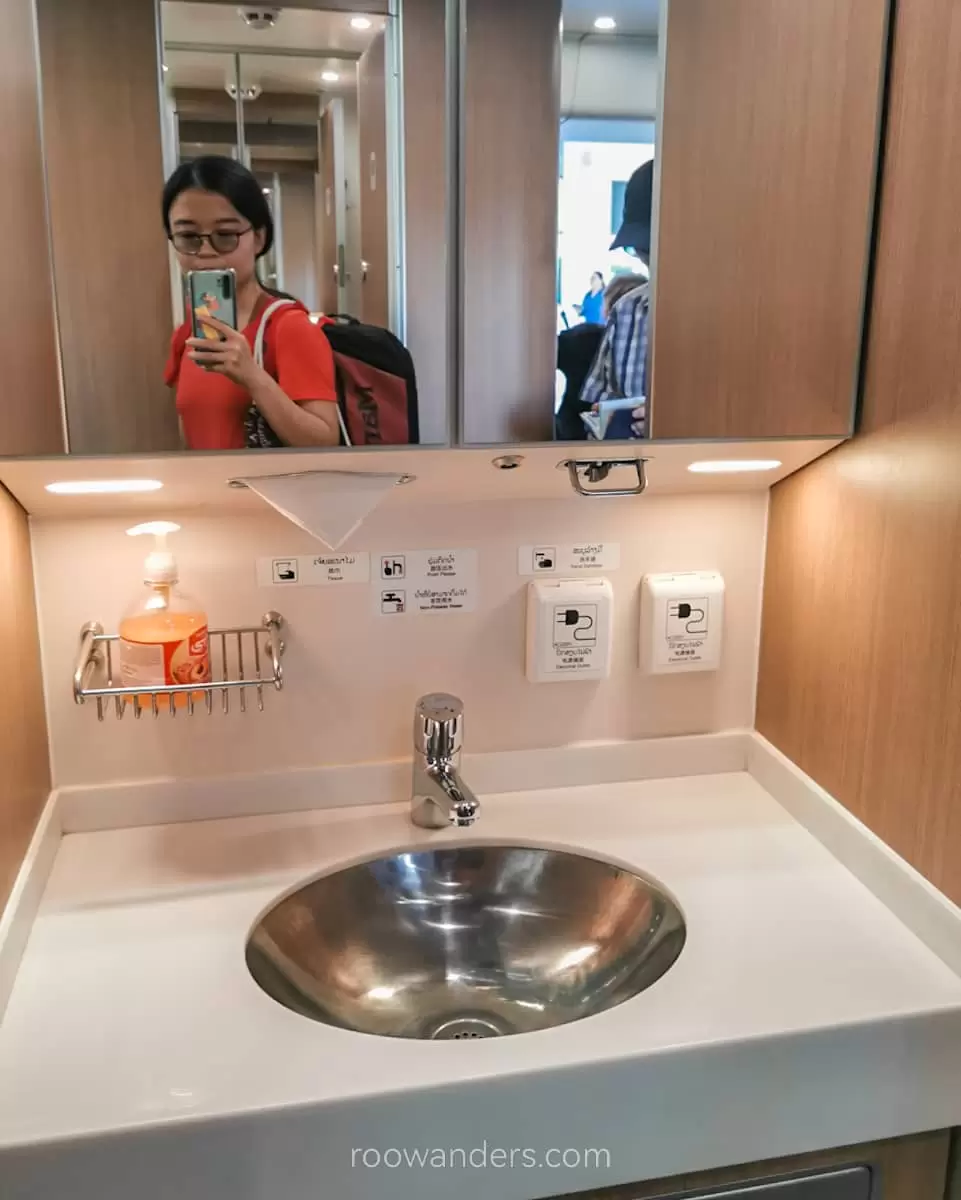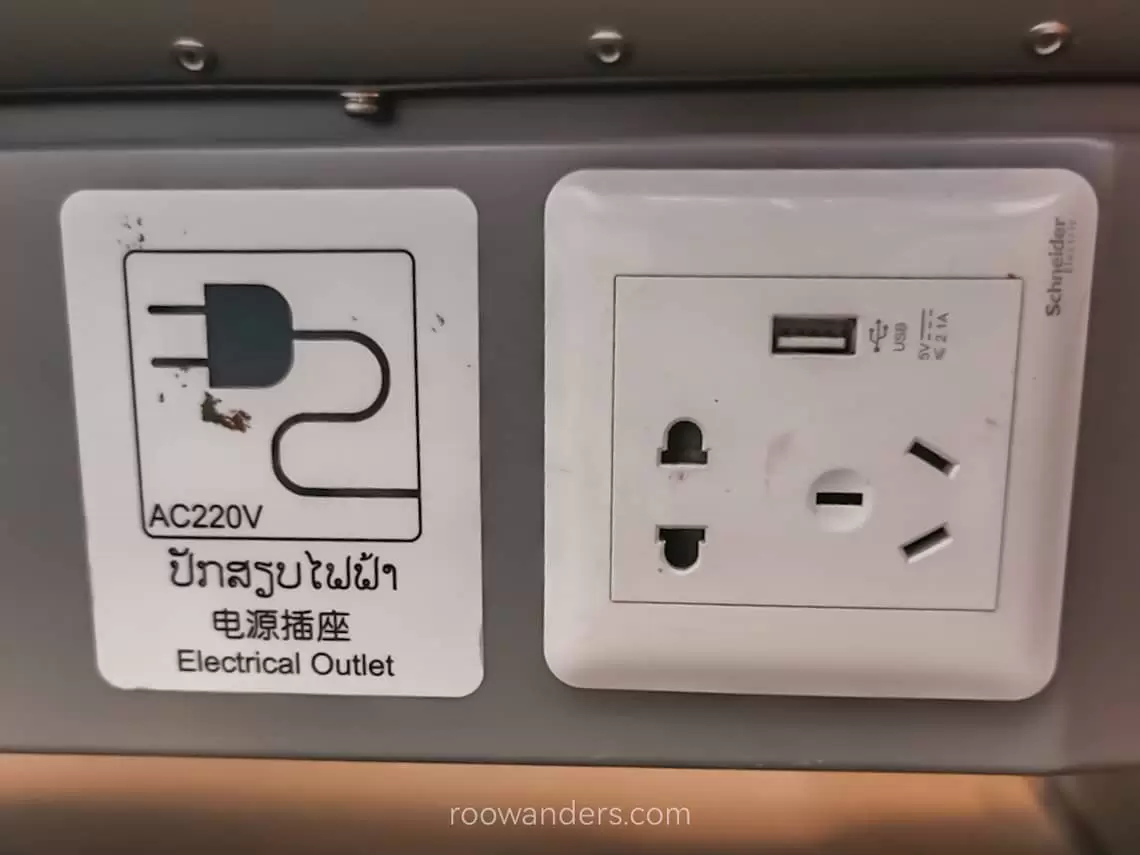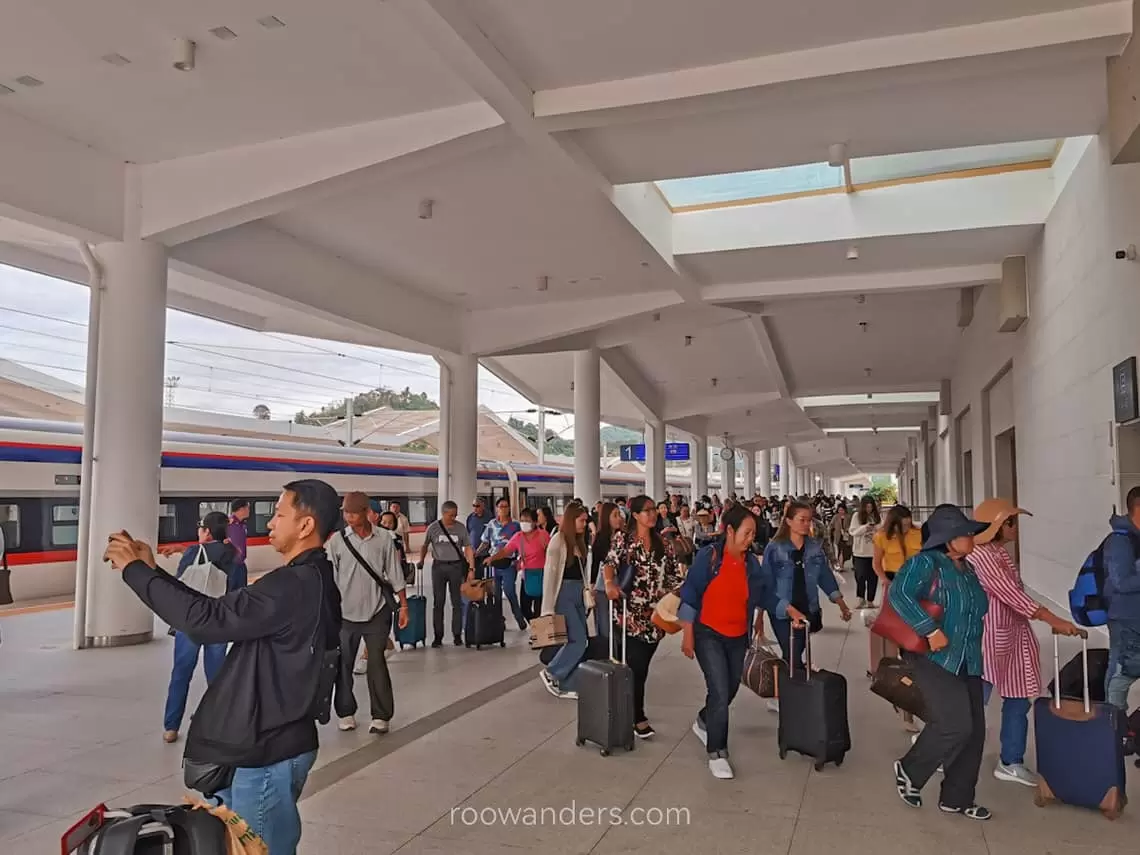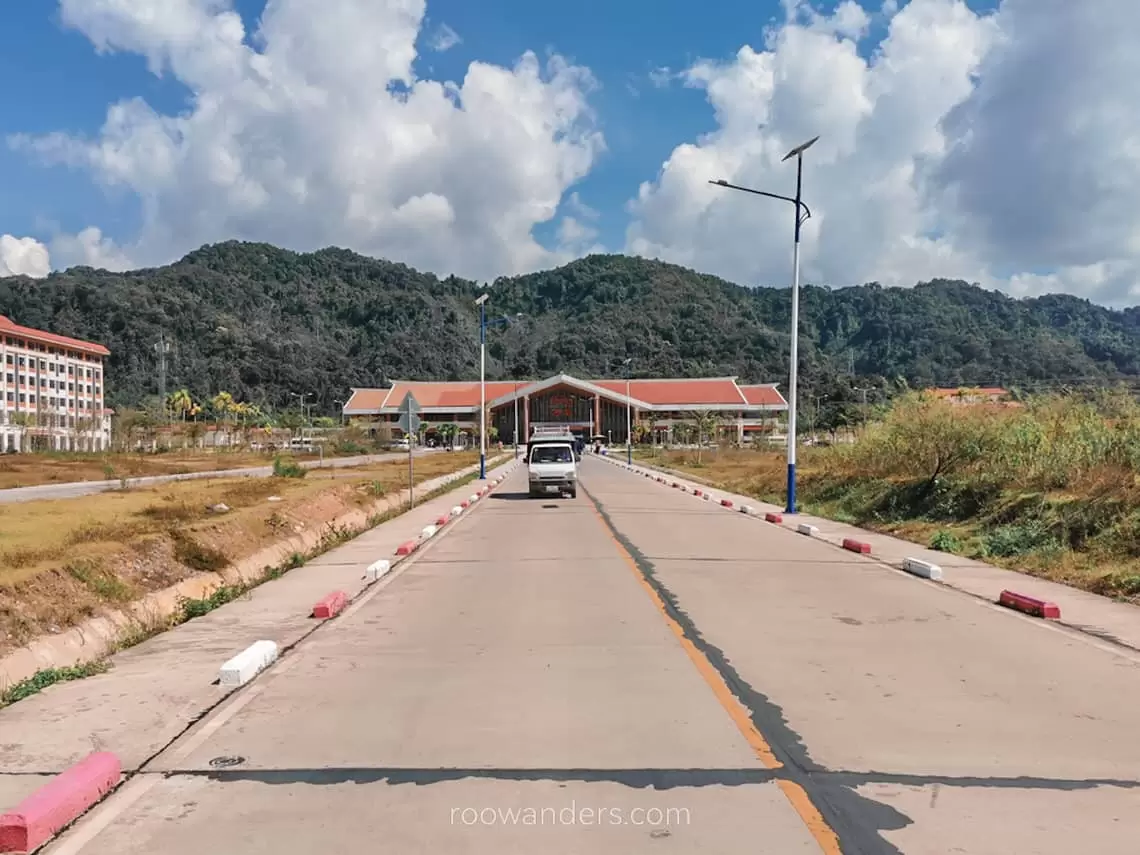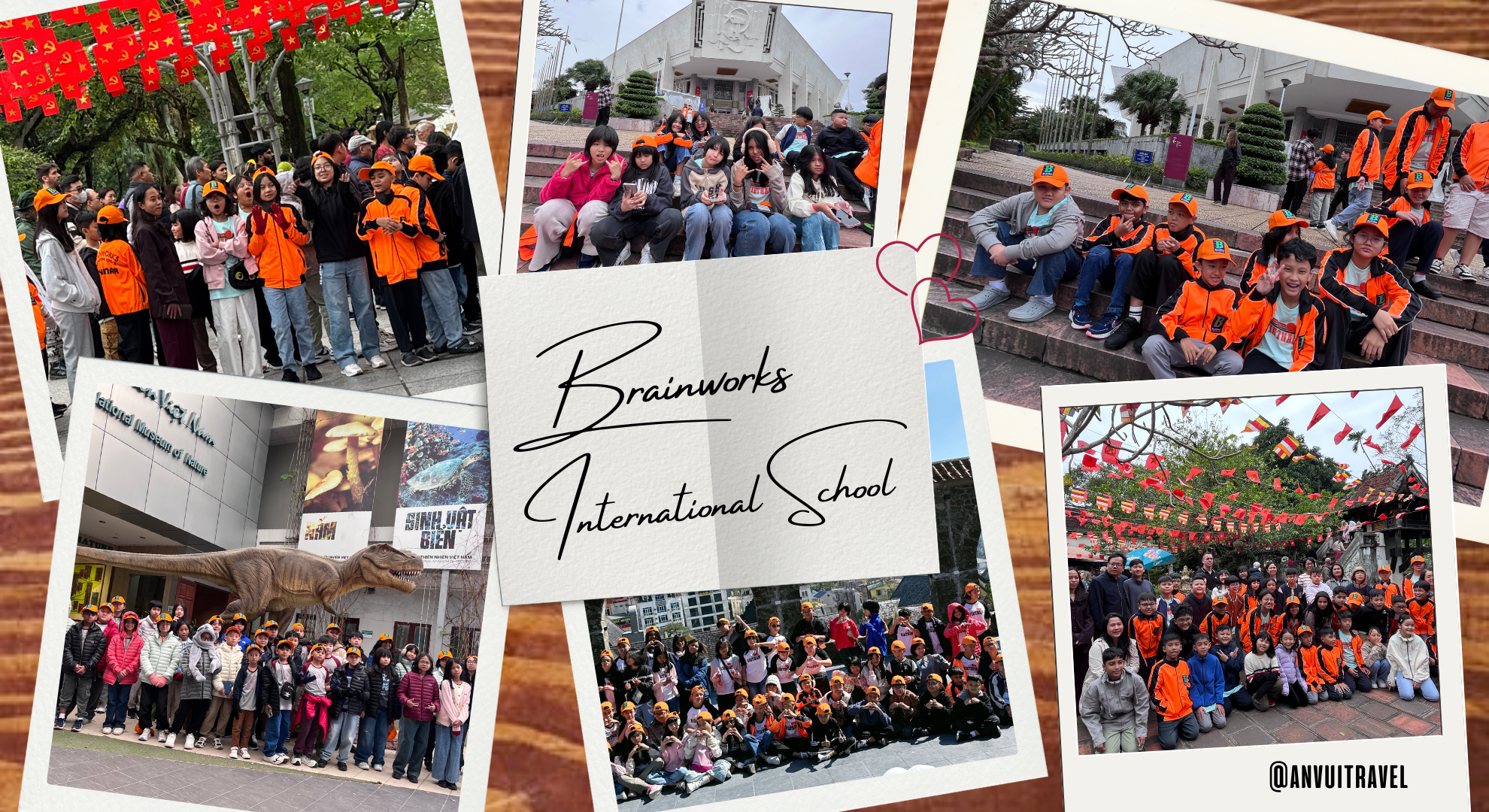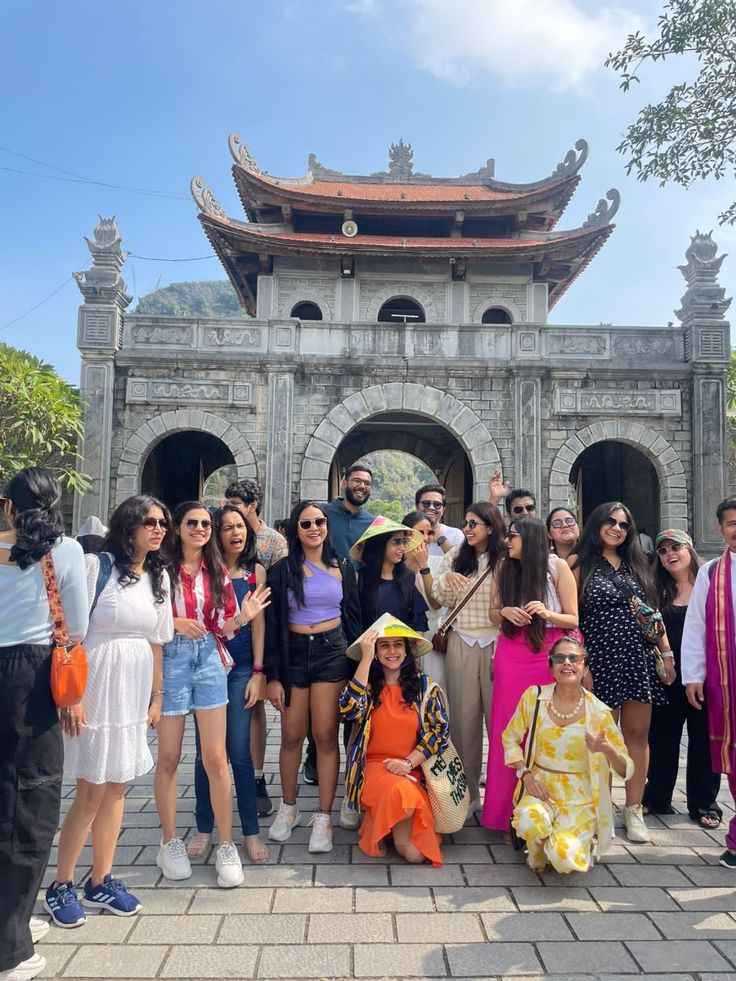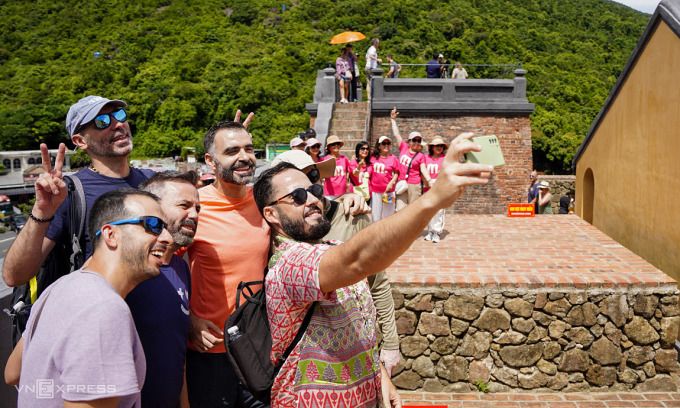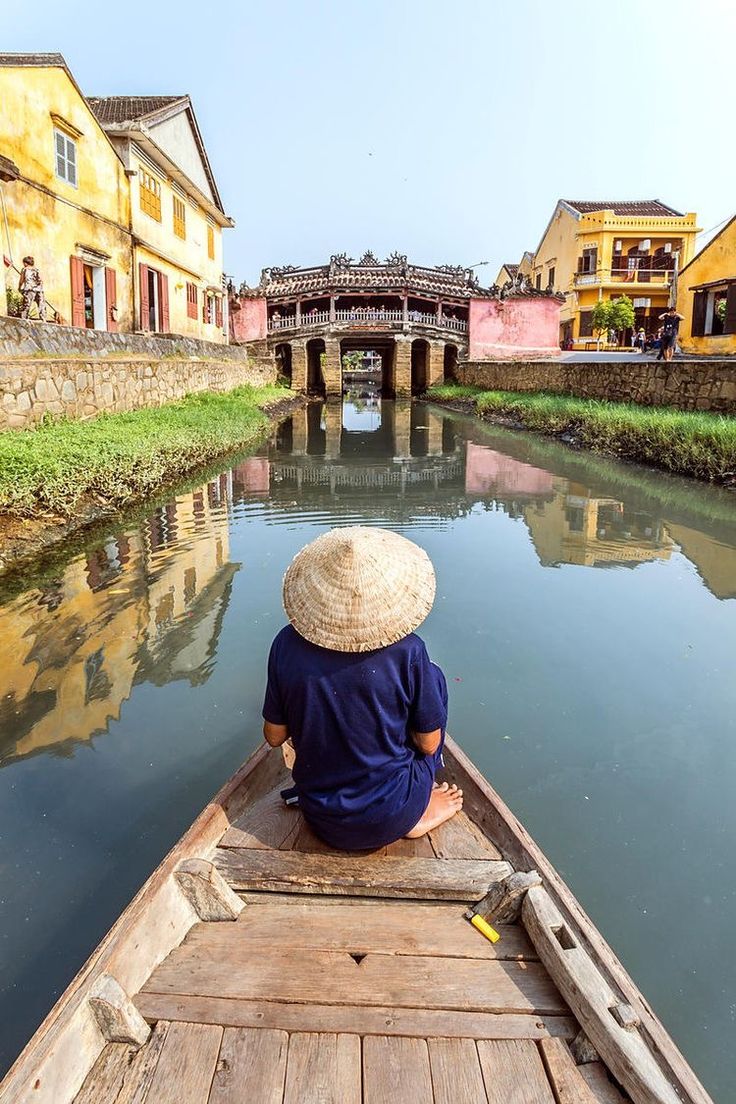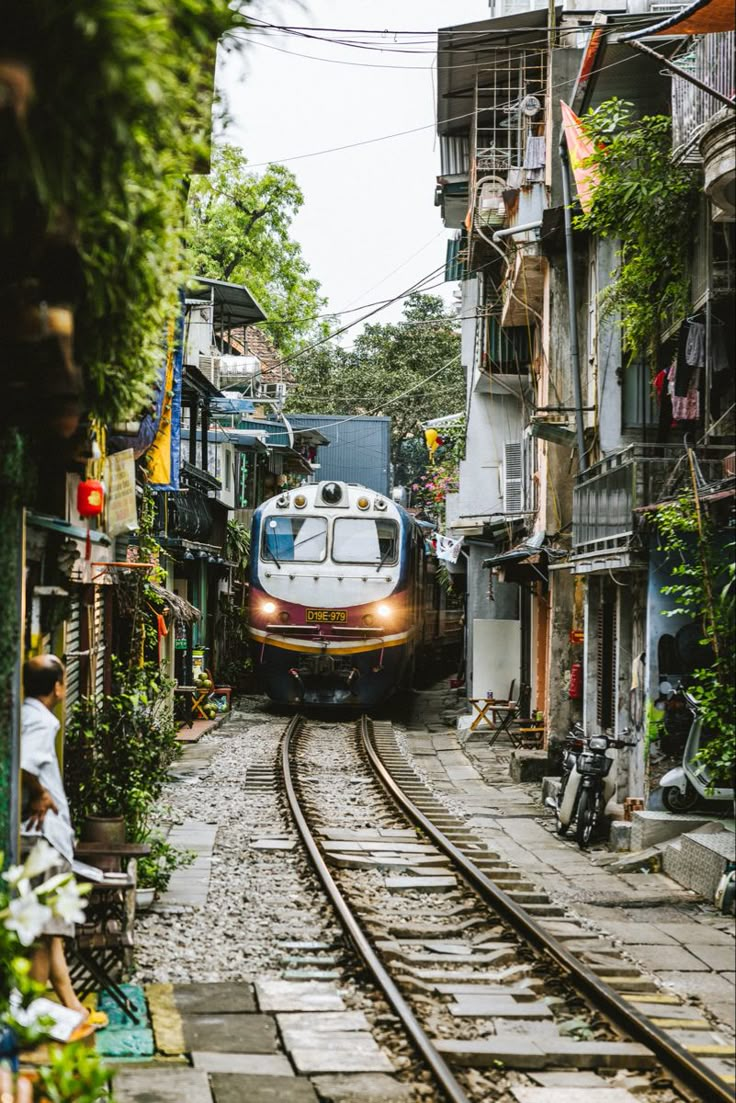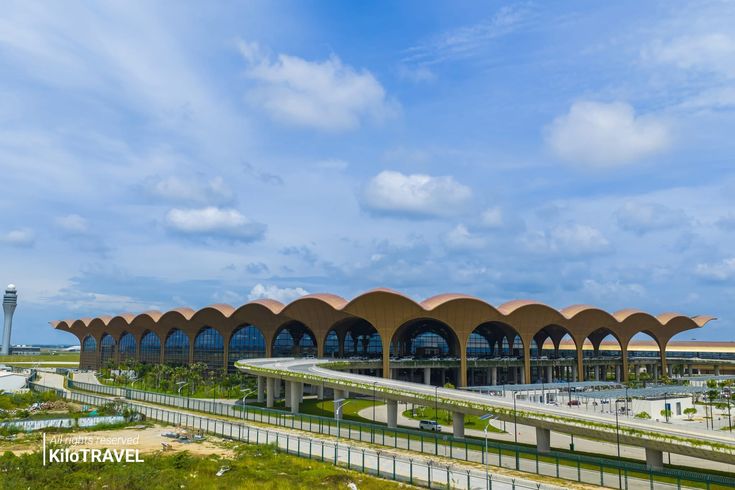The launch of the Laos China Railway (LCR) is a godsend to me, and likely other travellers’ as well.
Laos, my last Southeast Asian country above Singapore, is such a laid-back country that infrastructure, aka the roads, are not the very best. Long bus rides are arduous, what more with potholes and curves to navigate. So when there’s a modern and clean high-speed train available in this developing country, travellers strapped for time or tourists seeking comfort are naturally attracted to this option.
Thinking of taking the train as well? Here’s what you have to know.
The Laos China Railway (LCR)
The Laos China Railway is part of China’s ambitious Belt and Road Initiative (BRI), sometimes referred to as the New Silk Road. Launched in 2013, the BRI was – according to Xi Jinping – meant to ‘break the bottleneck in Asian connectivity’ with better road and maritime connections. But some analysts see it as a ‘disturbing expansion of Chinese power’. Either way, I’m not here to comment on that but to review my experiences as a solo traveller.
Stretching a total of 1000 km from Kunming to Vientiane, about 422 km of LCR lies within Laos.
Launched in 2021, the railway has shortened the otherwise arduous road journey from Luang Prabang to Vientiane from eight hours to two.
Five trains ply the railway daily, of which those starting with C are fast trains, while K are ordinary trains. Trains starting with D have stops in China. The prices below do not include the stops in China.
Fast trains could run up to 160 km/h, while the normal trains have a max speed of 120 km/h. Ticket prices vary depending on the journey and seat classes.

Laos is now linked not just to China via the rail, but also to Thailand. In Jul 2024, the new route links Krung Thep Aphiwat Central Terminal Station in central Bangkok with Vientiane’s Khamsavath Station.
However, you’d still need to grab a taxi to cover the 9 km distance from Khamsavath station to the LCR station in Vientiane. Check out the new Bangkok-Vientiane rail route and train tickets here.
How to Buy the Tickets
There are three ways to buy the tickets: (1) directly from the train station; (2) from tour operators; and (3) directly from the Laos China Railway (LCR) app.
As a budget backpacker, my thoughts obviously led me to option (3). Buying directly from the LCR operator should save costs, right? No need for middlemen! That’s what I did for my Vietnamese Sleeper and Georgian Sleeper experiences.
The Laos China Railway (LCR) app
Unfortunately, it isn’t as smooth as that. LCR does not have a website, and the only way to purchase the ticket is through their LCR app, which you can download for Android or iOS.
However, the catch is you need a Laotian number to create an account.
Phone numbers from Thailand, China and Laos are said to be accepted, according to the app. I tried to create an account using a number from China (from my friend) but failed. However, a Laotian number from the SIM card I bought in Vientiane put me through.
Ticket sales are only open three days in advance and run out fast for popular routes like Luang Prabang to Vientiane and vice versa, especially for the weekends.
There are three classes – Second Class, First Class and Business Class.
Online payment via UnionPay, WeChat, Alipay, Visa and BCEL One are accepted. Once payment is confirmed, you’ll receive a QR code, and that’s all that’s needed to board the train.
There’ll be a booking fee of 10k kip.
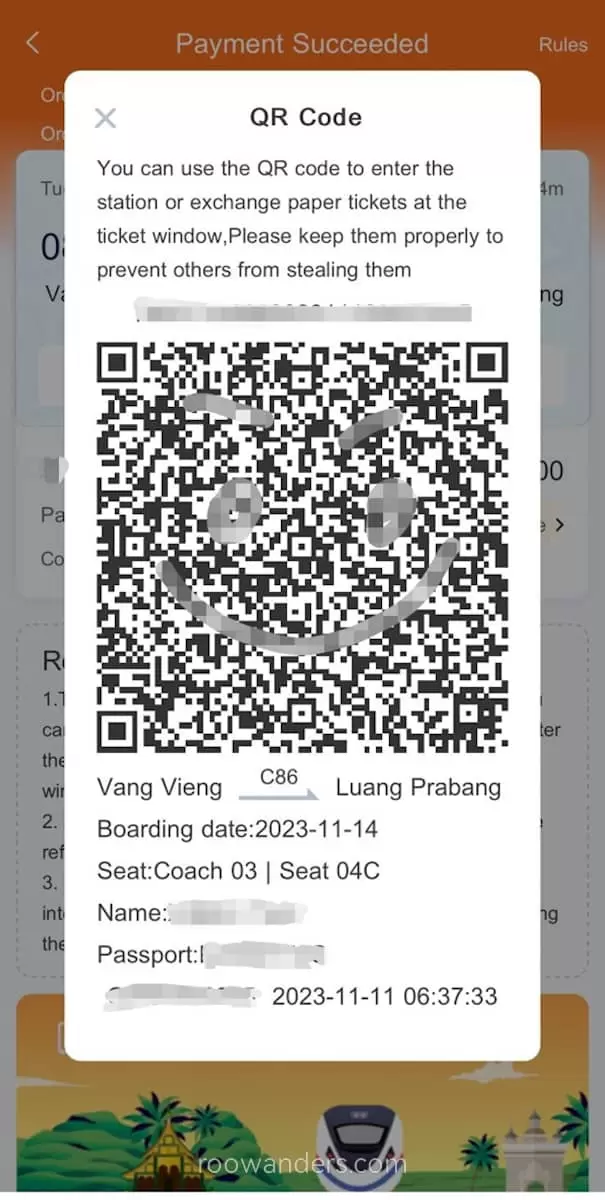
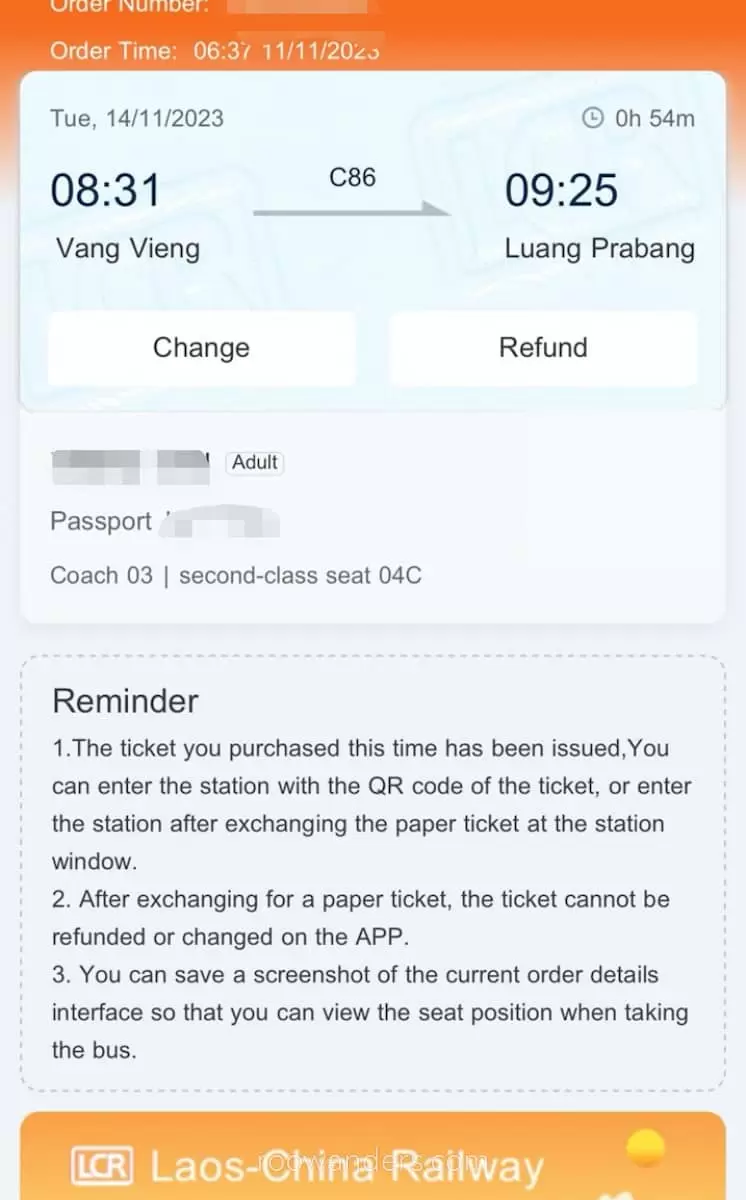

Train Station
If you have plenty of time or just happen to be at the train station to catch a train, you could buy the tickets physically.
I read about long queues to buy tickets but did not see any queues while I was at the Vientiane and Vang Vieng train stations.
Train stations are built notoriously far from the town centre (a journey of 20 – 30 mins by car or tuk-tuk), so it does not make sense to travel there just to buy the tickets.
Disclaimer: I thought of buying my last leg of the journey from Luang Prabang to Vientiane when I was in Laos to test the app. But I changed the mode of transport to flight instead, since it was cheaper, faster, and more convenient. Based on the screenshots I received from the operators, the logic should be the same.
The Train Stations
The train stations are designed in such a way that you have an arrival/ waiting hall and a straight-through departure corridor.
Entering the station
Not anyone could enter the arrival hall – you’d need to have a ticket and your passport ready.
Once you’ve passed the gate, a security screening awaits. I’m not sure why boarding a train requires such stringent security, but alas, this is what you have to do for ease and convenience. Make sure you do not have any knives, aerosols and vapes with you.
Amenities
Within the vast arrival hall are a coffee shop (most likely Cafe Amazon), and one or two shops selling snacks and drinks. Toilets are immaculate. There are water dispensers with three nozzles dispensing only boiling hot water, which does not make sense.
A large panel flicks the timings and numbers of incoming trains. A bunch of seats string neatly on the left and right side of the hall, leaving the middle empty for passengers to queue when the train is about to arrive.
Boarding the Train
Trains arrive on time, and 5 minutes before their arrival, an announcement would be made and everyone congregates and queues to pass yet another gantry. I’m not sure why they have to check the tickets of everyone in the hall again when they’ve already done that in the beginning, but that’s what it is.
Shorter queues materialise by the platform as people wait to board their carriages. Ushers are always ready to correct anyone who trespasses beyond the yellow line on the ground.
For my first journey from Vientiane to Vang Vieng, the train was empty and we boarded the train relatively quickly.
For my journey from Vang Vieng to Luang Prabang, we waited for those arriving in Vang Vieng to leave before boarding.
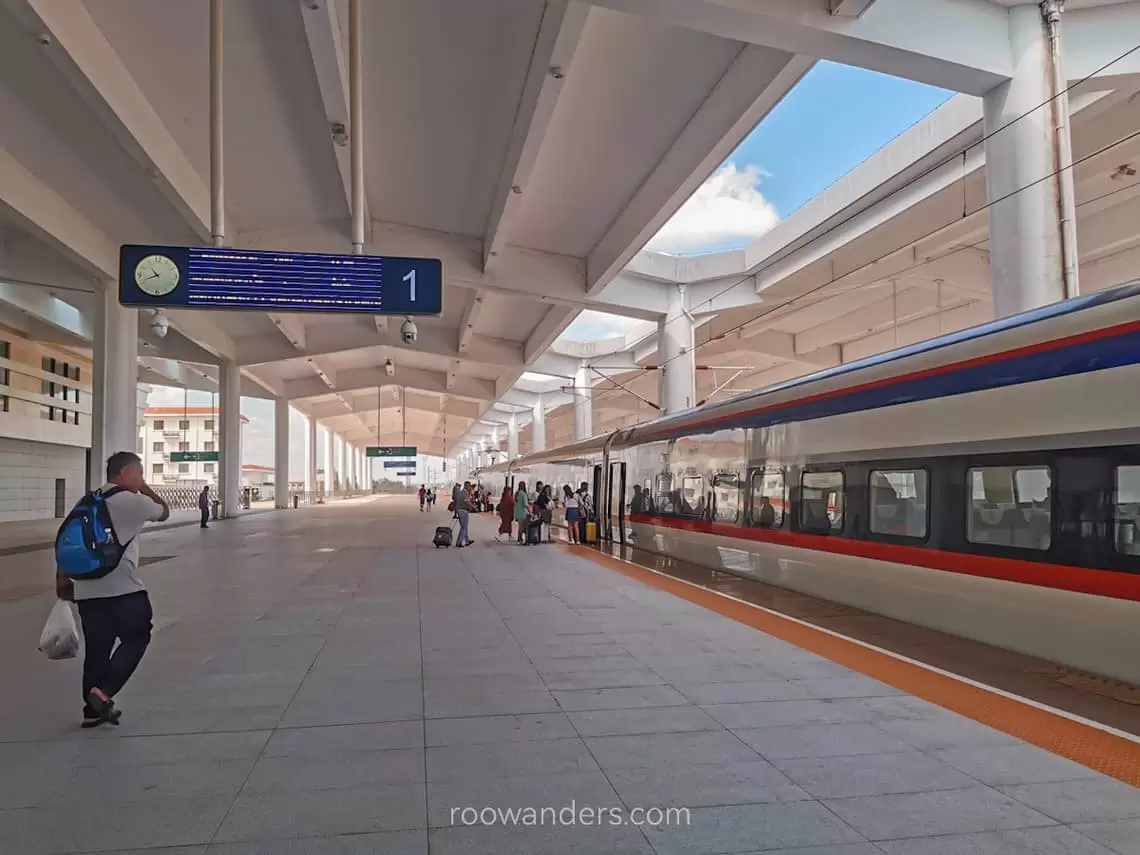
In the Train
Within the second-class carriage are two columns of soft seats. Judging by the configuration, you could turn the seats to face front or back. But since our journey is only an hour, at most two from Vientiane to Luang Prabang, no one did that. Besides, you might get a telling from the stern-looking attendants walking around.
I happened to walk past a squat toilet and a wash basin as I entered the carriage. Next were the storage spaces for large luggage, then the seats.
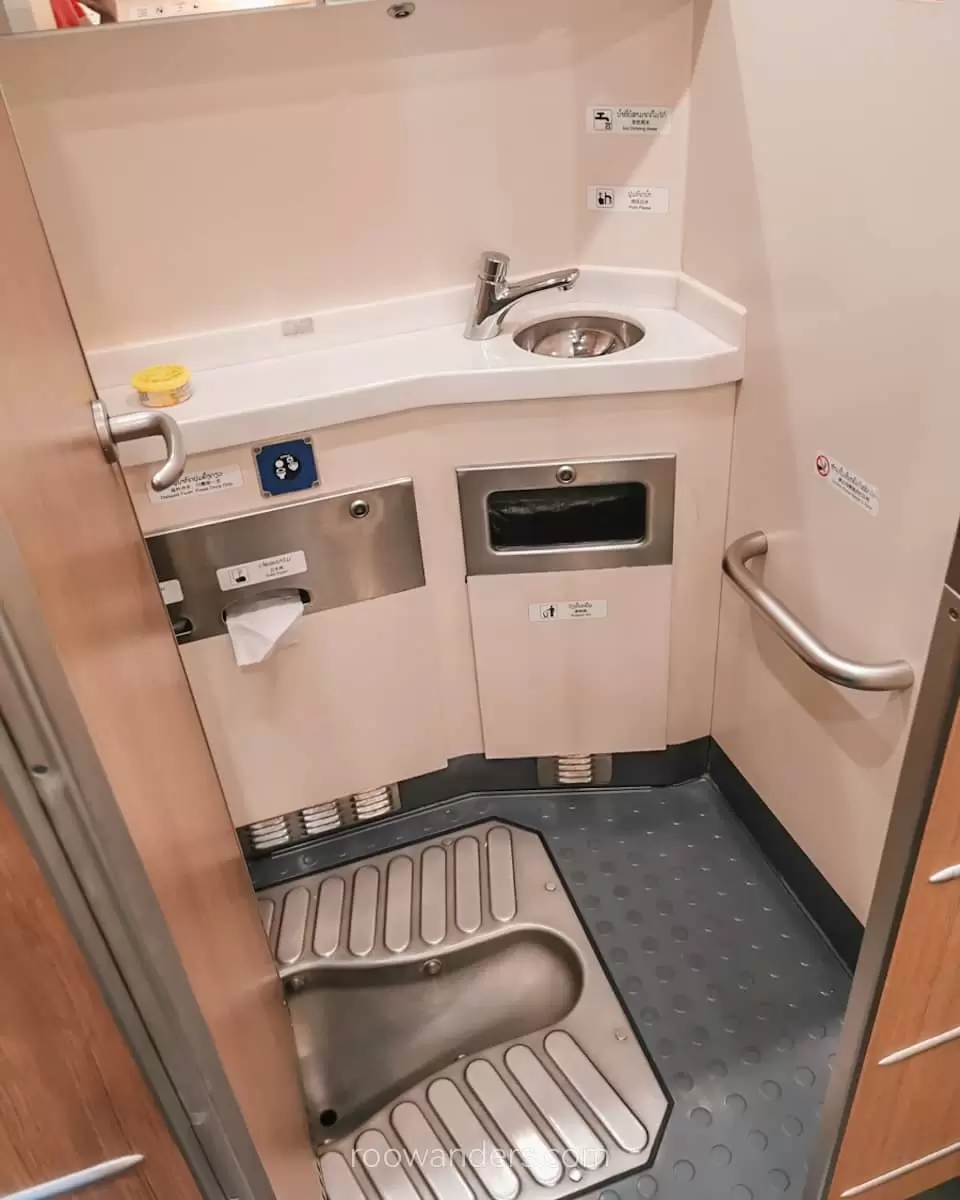
Since I was travelling alone, I couldn’t just leave my stuff and roam.
Underneath the seats are the charging ports.
The aircon was pleasant. Not too cold.
What I found annoying was the announcement that droned on and on about the next station, no smoking, and the likes in Lao, Chinese and then English in that order.
The train sped through tunnels and countryside, and I was at my destination in no time. Throughout the journey, the attendants would check the tickets again.
Leaving the Train Station
Leaving the station was swift. We were directed to a long corridor. There’s a toilet but they’re usually full unless you’re the first to leave the train. At the end of the corridor is yet another check, before you cross the gate and leave the station for tuk tuk or your private hire.
So that’s a total of four ticket checks from arrival to departure.
Tuk tuks wait outside the train stations of Vang Vieng and Luang Prabang. Prices range from 30 – 40k kip per person.
Conclusion
Travelling between the key places of Northern Laos via the high-speed railway is definitely a fast and comfortable way of travelling.
For my first train ride, I shared the same row with an Indian couple who were travelling in the same direction as me. For my second ride, I sat amongst a group of tourists from Thailand while their guide droned on about the food, the weather and the time they’ll reach Luang Prabang. A local I met said he travelled via the train frequently from Luang Prabang (his office) to Vientiane to meet friends on the weekends.
Those looking forward to slow countryside-kind of travelling might find the train too fast, too sterile, too modern, or too regimented. For others like me, short on time, train rides are the way to go, since buses can take more than double the time.
Additional Tips
- Buying tickets early from operators does not matter. Ticket sales on LCR are up only three days before the ride. Doesn’t matter if you were to buy it weeks in advance from the operators like 12Go or BaoLau, as they can only buy it three days before. Factor this if your plans may alter to save on fees.
- Get a Laos SIM. Create an LCR account and shave off some more by booking the tickets directly yourself.
- Reach the train station early. In case you need some time to pass the security check.
- Have your digital tickets saved and ready on your phone. You’d need to show it multiple times. Make sure your phone is alive!
- Changing ticket timing and refunds. If you’re buying from operators, understand the terms and conditions. If you’re buying from the LCR app, you can change the ticket 30 minutes before departure. However, you’ll incur an additional ticket fee of at least 3k kip.
- No WIFI on the train, and data coverage is intermittent.
- Food and drinks. Train attendants push a trolley of food and drinks during the journey.
Anvui Travel hopes that the knowledge shared above will be useful to you. Don’t forget to visit Anvui Travel’s YouTube channel to see wonderful travel moments. Customers are looking for a professional, affordable tour operator. Don’t hesitate to contact Anvui Travel via info@anvuitravel.com or (Hotline): +84 912 683 908!
Resource: https://www.roowanders.com/lcr-laos-china-railway/
#LaosChinaRailway #HighSpeedRail #BeltAndRoadInitiative #SoutheastAsiaTravel #RailwayJourney #Vientiane #LuangPrabang #Kunming #Mohan #Boten #TrainTravel #ScenicRoutes #AdventureAwaits #ExploreAsia #BackpackersDiary #TravelTips #Wanderlust #TravelPhotography #JourneyByRail #OffTheBeatenPath


